Top Space Exploration News and Breakthroughs
- Mr_Solid.Liquid.Gas
- Oct 27
- 3 min read
A concise digest of the most consequential space stories this season—from heavy‑lift launch milestones and lunar sample science to new windows on the early universe—translated into what the results mean for the next wave of missions.

KEY TAKEAWAYS
· SpaceX’s Starship completed a full‑duration test with splashdowns of ship and booster, a key step toward lunar lander readiness (Oct 13, 2025).
· The LVK collaboration reported the most massive black‑hole merger seen via gravitational waves, sharpening tests of gravity and stellar evolution (July 2025).
· Analyses of China’s Chang’e‑6 far‑side samples point to a cooler farside mantle and new context for lunar water distribution (Oct 2025).
· JWST/EUCLID continue to deliver: direct imaging of a Saturn‑mass exoplanet, tentative atmosphere hints on TRAPPIST‑1e, and rich gravitational‑lensing datasets (2025).
· Robotic exploration advanced through mixed outcomes: precision rover sampling on Mars and hard‑won lessons from commercial lunar landers.
Introduction
Space moves fast. This ‘best‑of’ roundup focuses on breakthroughs that change what engineers design next: a reusable super‑heavy launch system edging toward operational capability, a record‑setting gravitational‑wave event, first‑of‑its‑kind science from the Moon’s farside, and telescope results reframing early‑universe and exoplanet studies.
Breakthroughs: The Headlines You Need

A three‑card snapshot: what happened, the science, and why it matters for upcoming missions.
Card 1 — Starship Test 11 Completes Full Mission Profile
What happened — SpaceX flew its 11th Starship test, with the ship splashing down in the Indian Ocean and the booster in the Gulf of Mexico after a controlled descent.
The science — Expanded heat‑shield and engine‑relight testing pushed the vehicle closer to sustained orbital operations and in‑space maneuvers needed for lunar missions.
Implications — Milestones support NASA’s lunar lander architecture, with refueling demos next and higher‑fidelity re‑entry tests feeding reliability models.
Card 2 — Record‑Mass Black‑Hole Merger Detected
What happened — The LIGO‑Virgo‑KAGRA collaboration announced the most massive black‑hole merger seen with gravitational waves, designated GW231123.
The science — Masses near or above the ‘pair‑instability’ gap hint at hierarchical mergers and challenge standard stellar‑evolution pathways; waveforms also test general relativity in the strong‑field regime.
Implications — Improves population models for black holes and informs requirements for next‑gen detectors and multi‑messenger follow‑up strategies.
Card 3 — Chang’e‑6 Far‑Side Samples Reframe Lunar Interior
What happened — Teams published initial analyses of far‑side lunar samples returned by China’s Chang’e‑6 mission.
The science — Geochemical and petrological results suggest a cooler farside mantle and distinct volcanic history; lab work also traces how plume dynamics redistribute water‑bearing fines.
Implications — Refines landing‑site selection, resource prospecting, and thermal models for future farside missions and polar operations.
Telescopes & Astronomy: Windows to the Early Universe

Highlights from space‑based observatories this year include direct imaging of a Saturn‑mass world, rich lensing catalogues that magnify infant galaxies, and tentative atmospheric signals from an Earth‑sized planet in a temperate orbit.
• Exoplanet spectra & imaging — JWST directly imaged TWA 7b and continues to push precision spectra; teams also report preliminary, tentative signs consistent with an atmosphere on TRAPPIST‑1e that warrant further checks.
• Gravitational lensing & early galaxies — Webb and Euclid released collages and data of lens‑magnified arcs and rings, enabling stellar‑population studies at high redshift.
• Data access — Euclid’s first quick‑release data opened deep fields with hundreds of thousands of galaxies, accelerating community science.
Robotic Exploration: Rovers, Landers, Orbiters

Different platforms trade endurance, precision, and risk. Below, we compare mobility & sampling strategies and capture the latest program lessons.
ENGINEERING TRADE‑OFFS — QUICK BOX
• Rovers — Long‑baseline traverse & context; sample caching at multiple strata; complex autonomy and wear‑and‑tear risks.
• Static landers — Lower complexity; targeted drilling/hopping; high landing risk and limited field of regard.
• Orbiters — Global coverage, radar/spectral mapping, and relay; indirect sampling but essential for site certification and hazard maps.
Recent examples:
• Mars rover sampling — Perseverance reported strongest‑yet hints of potential biosignatures in a cached sample; ultimate confirmation awaits Earth‑lab analysis.
• Commercial lunar landers — Intuitive Machines’ IM‑2 reached the surface near the south pole but ended early after a sideways landing—yielding valuable entry/descent/landing data.
• Lunar sample science — Follow‑on analyses of Chang’e‑6 refine prospects for water‑rich fines and guide polar‑operations hardware.
What It Means for Humanity

Space achievements amplify science literacy, inspire STEM pathways, and return practical benefits—from navigation and weather to disaster response. Three ways to turn headlines into public value:
1) Classroom activities — Use JWST lensing images to teach gravity and geometry; compare exoplanet transit light curves in maths classes.
2) Community engagement — Host ‘mission planning’ nights where the public prioritises instruments and landing sites given constraints.
3) Funding case — Tie investments to measurable outcomes: technology spinoffs, workforce training, and climate monitoring dividends.
Conclusion

The through‑line this year is maturation: heavy‑lift reusability edging toward operations, gravitational‑wave astronomy moving into precision population science, and lunar samples rewriting our interior models.
Each result shortens the timeline from discovery to design requirement—fuel for the next missions.
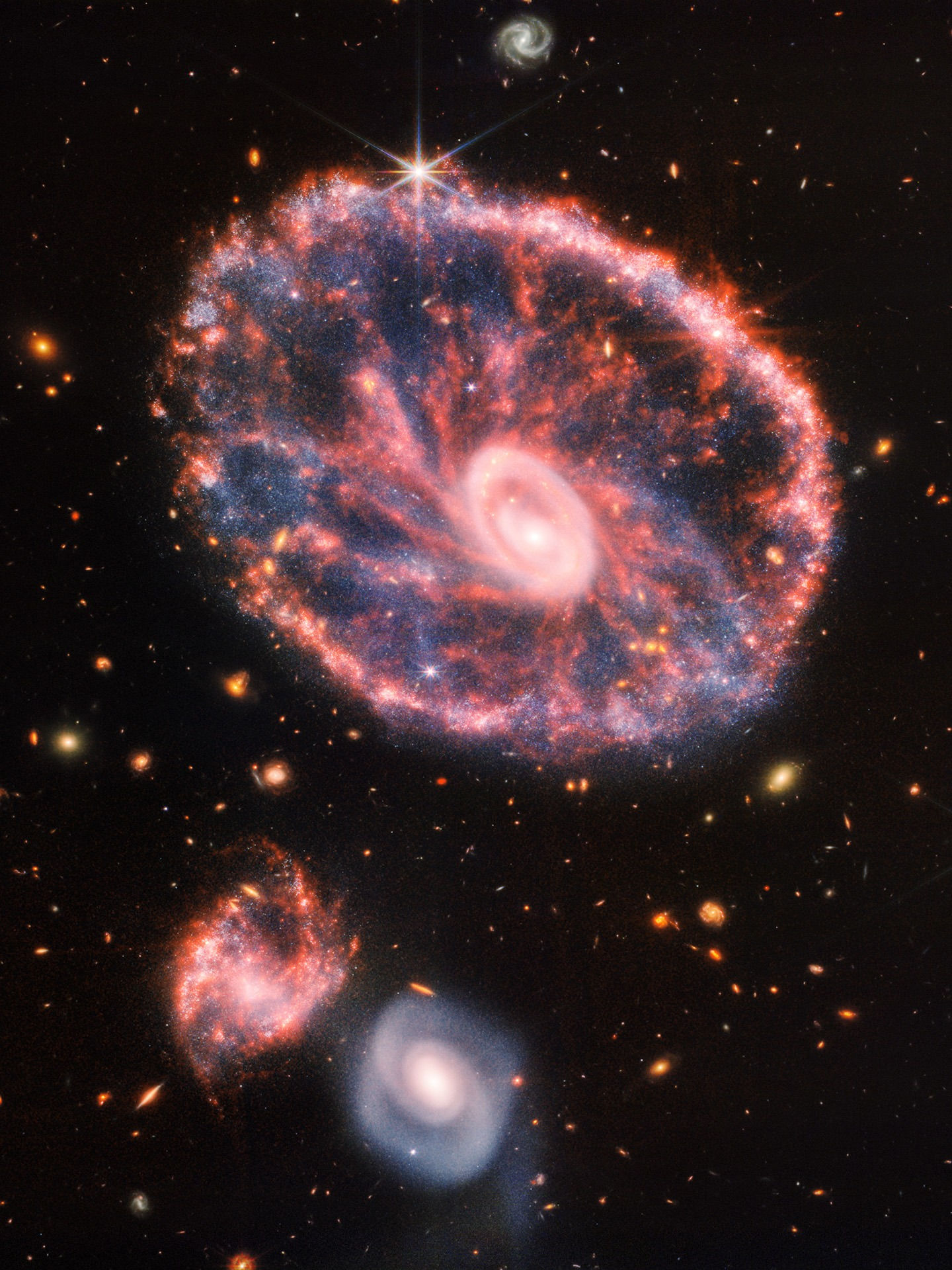

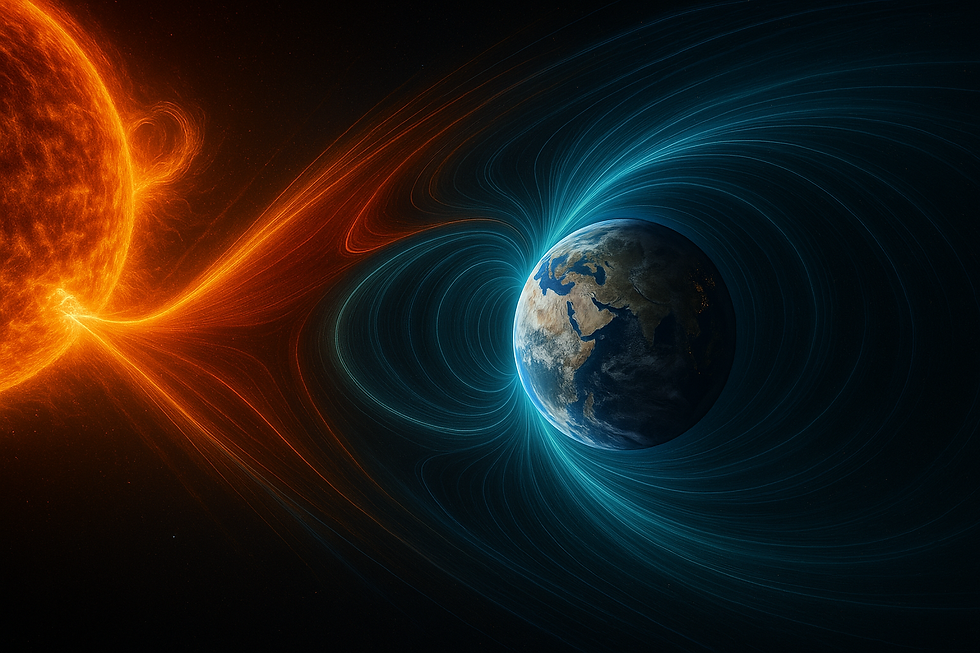






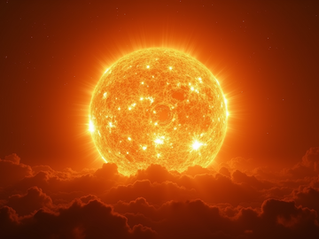



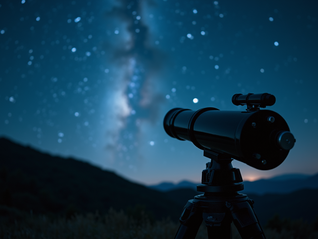















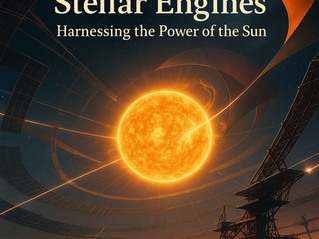



























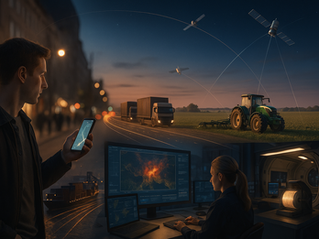


















































Comments